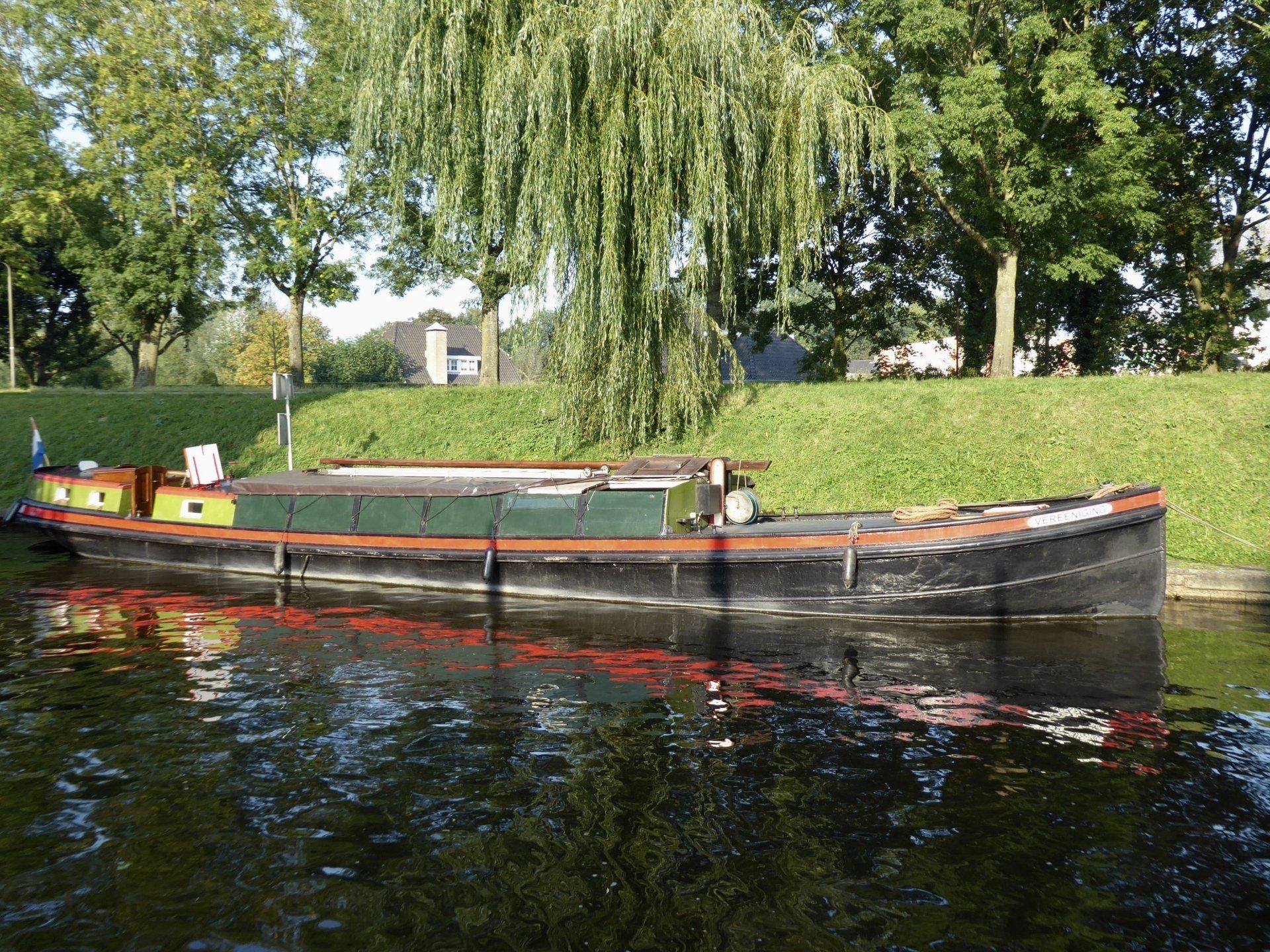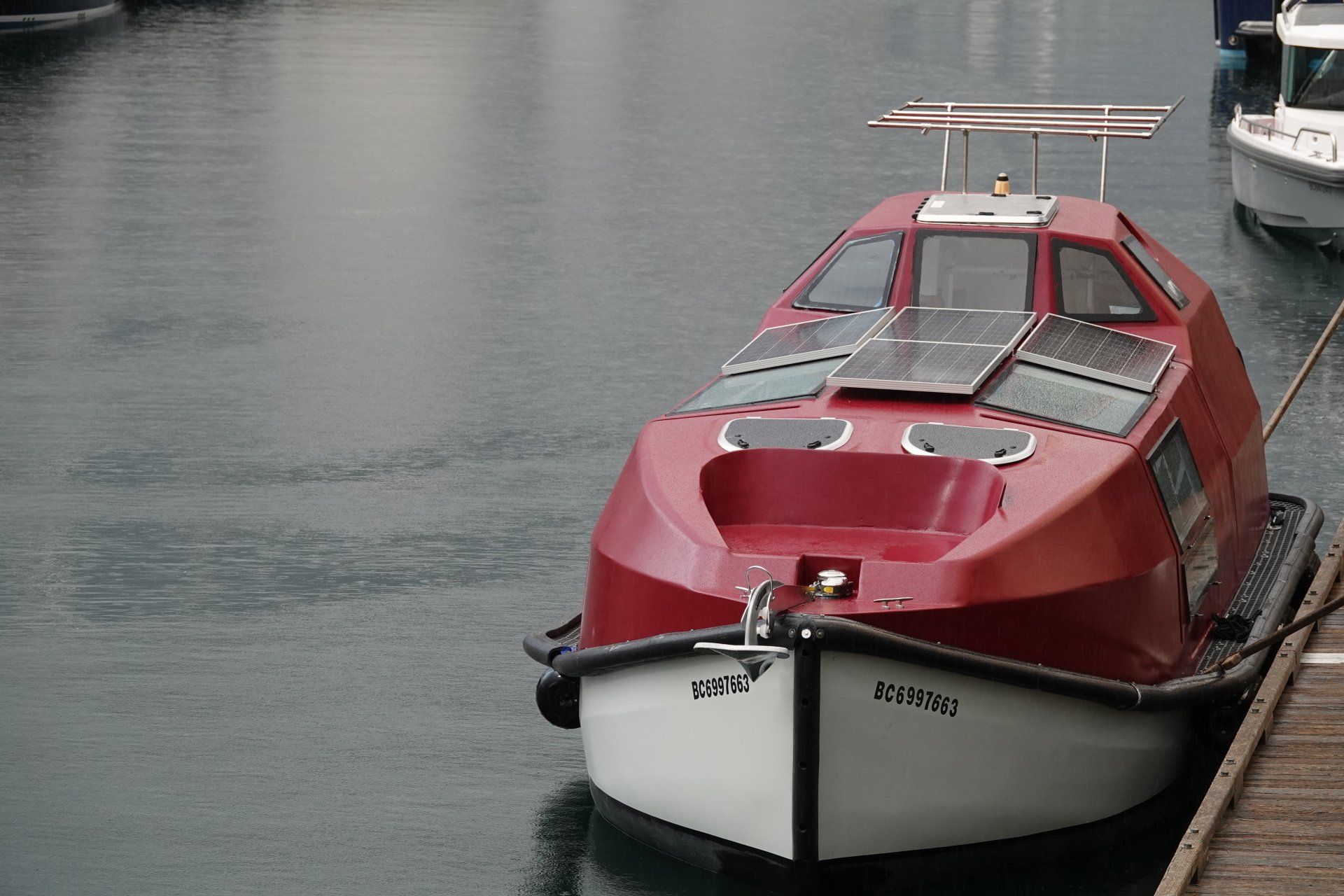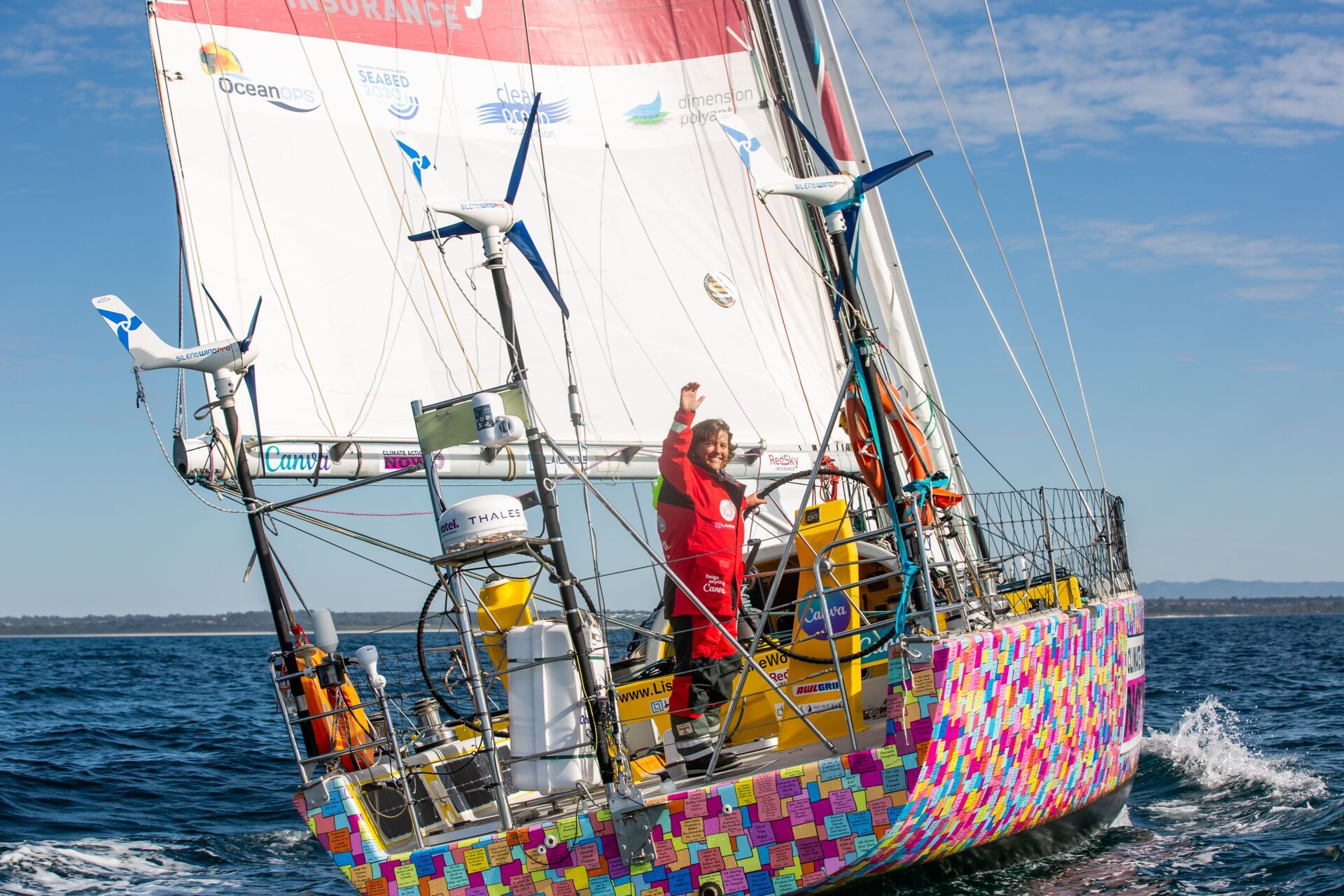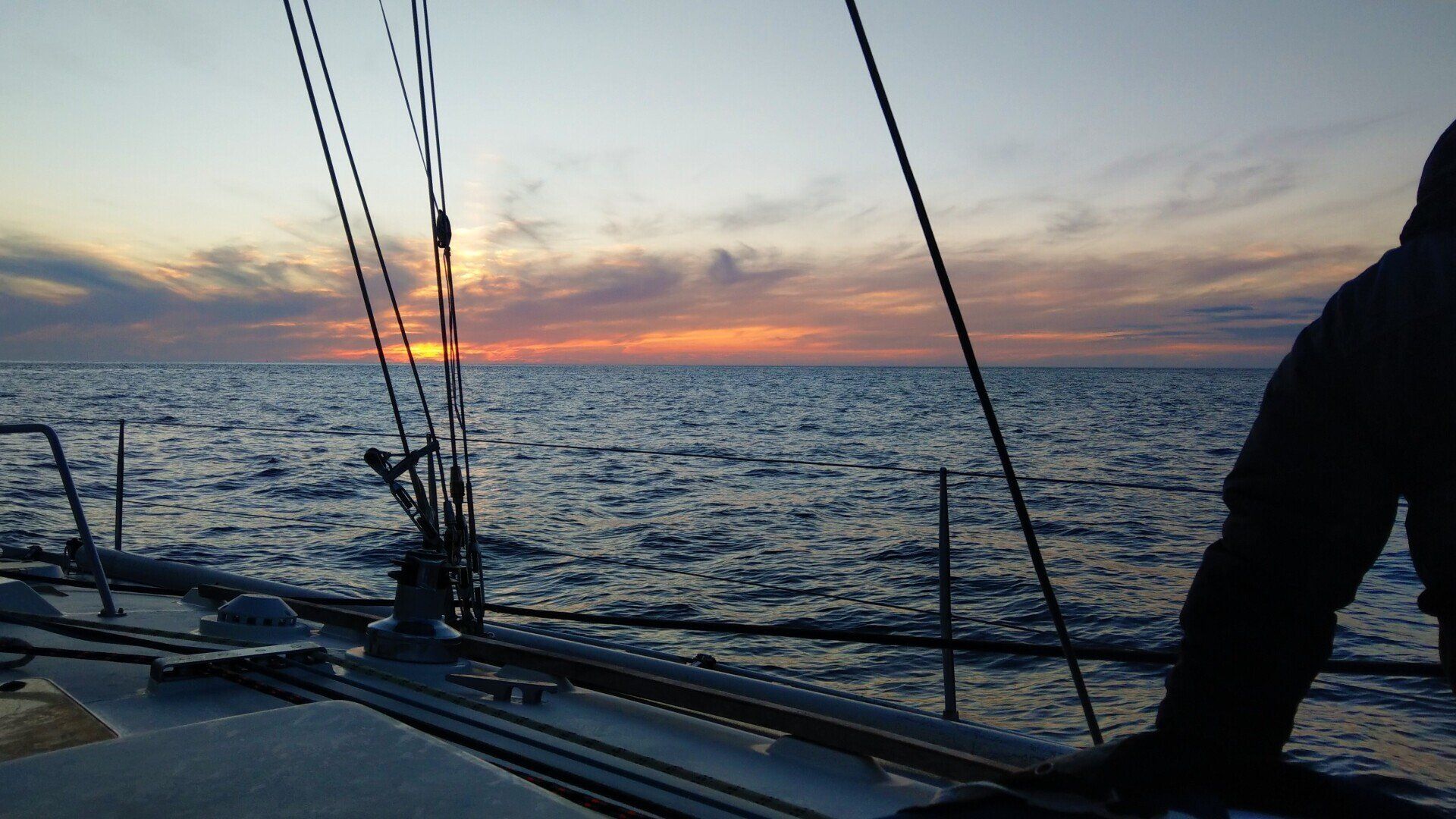Ahoy! Contact Us
Blog Layout
How can I help? by Viki Moore
Feb 23, 2021
How can i help?- Viki Moore
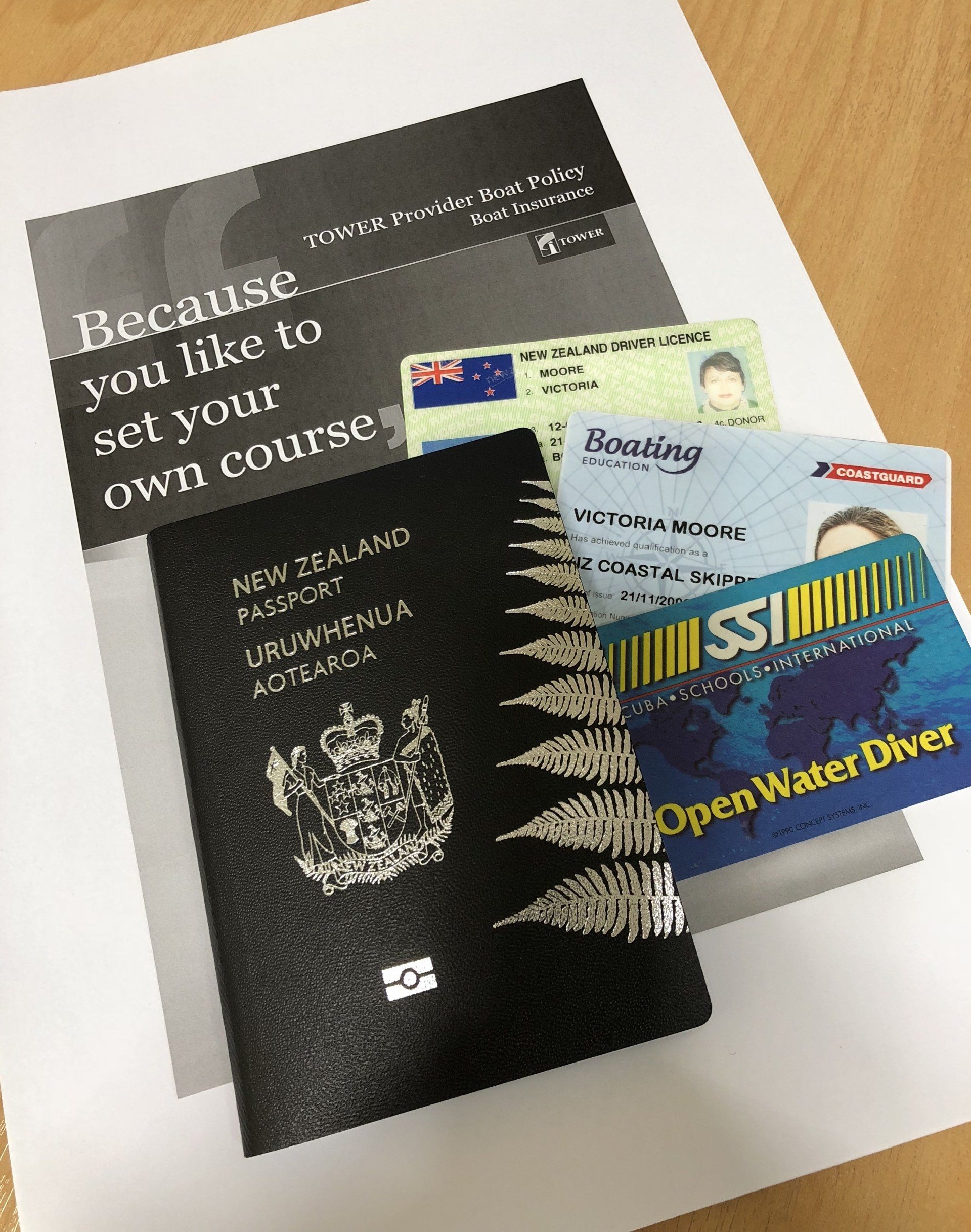
The southeast trade winds were unfortunately right on the nose as we dropped the mooring ball in Ile Casy and set off towards the Isle of Pines – New Caledonia. The upwind slog a small price to pay for being able to visit this fabulous slice of paradise again. We made an early start to ensure that we’d have enough time to navigate our way there and drop anchor again before nightfall.
We were on board our friend’s 56 foot yacht Esther Louise. He had very kindly lent us the boat to use for a week while he made a quick business trip back to New Zealand, and of course, my friends and I had jumped at the fabulous opportunity step back on board this beautiful yacht.
Internet roaming in New Caledonia is expensive, so we relished a break from phone calls, emails, and social media. Unfortunately, that also made obtaining weather forecasts a bit trickier too, but the sun was out and it looked like a great day for a sail.
So, off we went, picking our way through the numerous reefs and tacking into the strong headwinds and building seas.
I was down below reading a book when a large wave swept over the deck, and came pouring through the not-quite-closed hatch above, completely drenching me and my book.
After checking on everyone up on deck and confirming that things were all OK, I sat back down to dry off and digest. It was at that point a terrible thought suddenly came into my mind… No one knows where we are.
We hadn’t done a trip report and with the lack of phone communications we hadn’t told anyone back home our plans either. If we were in trouble or one of the crew was injured – would I know how to contact their families? If we set off the EPIRB then the Rescue Coordination Centre would be calling the boat owner’s emergency contacts – and they definitely wouldn’t have any idea how to contact our loved ones. If we needed help, or advice, who should we call? And if we didn’t make it to the Isle of Pines, how long would it be before anyone actually noticed?
At that stage, we weren’t in any danger. But it occurred to me that if something had gone wrong, this lack of information would make things a lot more stressful for everyone involved, potentially cause delays in our rescue, and that with some prior preparation you could make an emergency situation much easier to deal with.
For the rest of the voyage I considered all the possible scenarios and played them out in my head. What information would be useful to prepare and share next time we headed off for an adventure to make things much easier for our families back home should we actually end up in trouble?
What could possibly go wrong?
It is incredible how many terrible scenarios you can conjure up in your mind when you start to think about it!
It pays not to dwell on that kind of thing or you’ll never leave the couch, but have a think about how you’d like your emergency contacts to react and what information they’d require if:
• The Rescue Coordination Centre called to say your EPIRB had been activated;
• One of your crew had been badly injured;
• You’d lost your mast and require a tow/rescue;
• You were hours/days/weeks overdue on a passage;
• They hadn’t been able to contact you for a period of time;
• A hurricane/earthquake/tsunami occurred in your location;
• You’d been rescued by a ship and were on the way to a completely different destination; or
• Your boat caught fire/sunk/been stolen and you’d lost everything.
Who you gonna call?
When you register your EPIRB you are required to list some emergency contact details and it is worth putting some thought into who those people should be. When the contents of your holding tank literally hit the fan, who would you want to be on hand to help sort things out? Close family? Some other sailing friends perhaps? Preferably someone who isn’t likely to be with you out on the water, and someone who is going to be able to give the Rescue Coordination Centre some valuable information to assist with your rescue.
You can change your EPIRB registration details at any time free of charge, and you should check your registration details regularly to ensure that the Rescue Coordination Centre has the correct contact details for all your emergency contacts.
In our situation, when borrowing a boat we should have left our emergency contact details with the owner of the boat, so that if we had activated the EPIRB, his emergency contact people and the Rescue Coordination centre would know who to contact.
Well what do you know..?
When you activate an EPIRB, one of the first things the Rescue Coordination Centre will do is pick up the phone and call one of the emergency contacts. They will ask for some information to help assist in your rescue. For example, they’ll want to know who is on board, details about the boat, and more information about the voyage.
Would your emergency contacts be able to provide that information and what information would be useful for them to have on hand?
My mother, being one of my emergency contact people, wouldn’t have any idea at all about what kind of boat I was on, and I imagine that not being able to provide the correct information would be extremely distressing for her too. So when I got home, I put together a folder of key information to leave with her. Some of the information is static and some needs to be updated each trip.
Here’s how to make a folder of your own:
Boat Description and Photographs
– Describe your boat in detail, give the name, length overall, colour, and type of vessel. Include other details like the model, and colour of your dinghy, and liferaft, and other safety gear on board. Add a description of dodgers, awnings, sail covers, and colours. Also have the registration number, sail number or documentation number, and EPIRB registration number.
Emergency Gear
– List all the safety gear you carry. Include lifejackets, radios, EPIRB, liferaft (with colour and model/type), flares, survival suits, bilge pumps, etc. Describe the contents of your grab bag.
Navigation & Communication
– Detail all the navigation equipment aboard: AIS, GPS (include installed and hand-held), chart plotter, radar, and other electronic navigation devices. Also satellite phone numbers, VHF Radio Call Signs, SSB Radio, the registration numbers of the EPIRBs and PLBs on board.
Sails & Engines
– Detail all the sails carried, the colour, sail numbers and logos, and sailing rig (sloop, cutter, ketch, yawl). Provide engine make, model, horsepower, and average speed. Detail the fuel tank capacity and extra fuel carried.
Add photos
– Take outside shots of the bow, beam, and stern, and include printed copies as well as digital copies that can be emailed.
Your Personal Details
– Include copies of your passports, sailing qualifications, printed and digital copies of recent photographs of you.
Crew Details
– Include their names, gender, age, address, passport details, emergency contact person details.
Medical
- Note if anyone has any medical conditions that require medication or monitoring. The more the Rescue Teams know ahead of time, the better equipped they will be to make the best decision for an injured or sick crew member.
Insurance Details
– Leave a copy of your vessel insurance policy, and contact details of the insurer. It might even be worth giving your insurance company the details of your emergency contact person, so they have the authority to act on your behalf. If it turns out that the boat has lost its rudder or mast for example, and requires a tow – the insurance company will need to be informed. Also leave details of your health/travel insurance and life insurance policies.
Other Important Documents
– You might like to leave a copy of your boat registration documents, your will, power of attorney, property documents, perhaps even logins to your email/Facebook accounts.
A Trip Report
– Details of the port you are leaving, the port you are heading to, your route, any potential places you are planning or could potentially stop at along the way, the charts you have on board, and your estimated time of arrival. Perhaps you could send through a copy of your Passage Plan. How will you let your contacts know when you arrive or to advise you are ok? Will you be making Trip Reports on the radio as you sail along? These details will obviously be changing for each trip, so this information could just be in the form of an email to your emergency contacts before you head off. Without this information and if someone is overdue, any search and rescue will be like finding a needle in a haystack.
Other Yachts
– If you are travelling with other vessels, leave their details as well, perhaps advise their blog page, satellite phone number etc. Give your buddy boat your emergency contact details as well.
If you leave both a printed and electronic copy of all this information, the necessary details can be quickly passed on to the Rescue Coordination Centre to assist with their rescue plans. You have automatically given them a lot more information than they had to start off with.
Time’s up!
If we hadn’t arrived as we’d planned in the Isle of Pines, I wondered how long it would have been before anyone had raised the alarm to come looking for us? Perhaps not until we’d not arrived as expected off our flights back to New Zealand a week later!
Submitting a Trip Report with Maritime Radio (and your emergency contacts) including your estimated time of arrival, will at least give people a date and time of when you might be expected to be back in contact with them.
Discuss with your contacts what they should do if you are overdue, explain that you might not be able to keep in touch when you are at sea, but when (and how) they should raise the alarm if they haven’t heard from you by the agreed time?
Contact details for the Rescue Coordination Centre – give them the telephone number of who to call if you are overdue. The best is the contact details for the Rescue Coordination Centre in your country of residence (or where your EPIRB is registered) or ask them to call the Police. These people are super helpful, and they can discuss the options for starting a search if necessary.
The Emergency Contact details for the crew so that all your loved ones can easily communicate with one another and discuss any concerns and course of action.
Other Useful Contacts
– your embassy in the country you are heading to, your local yacht club, details of Facebook groups who might be able to help – Women Who Sail for example.
Keep it all together
Buy yourself a folder to keep all the relevant documents in, and while you’re at it, scan all the documents and save them in the Cloud as well. That way if you do end up somehow losing everything, you’ll still be able to pick up a copy anywhere in the world.
Catch up with your emergency contacts and give them all the information. Discuss the scenarios and the information you’ve given them.
Yes, it is a lot of work to put all this together, and of course with any luck you’ll never need to refer to this information! But should any kind of situation occur where you need assistance, then you’ll know that your family and friends will have all the tools and information close at hand to help.
You can find a downloadable spreadsheet full of helpful templates to help you in this exercise on the Astrolabe Sailing blog
https://astrolabesailing.com/2017/11/27/the-ultimate-boating-spreadsheet/
REPRINTED FROM SISTERSHIP MAGAZINE OCTOBER 2018 ISSUE
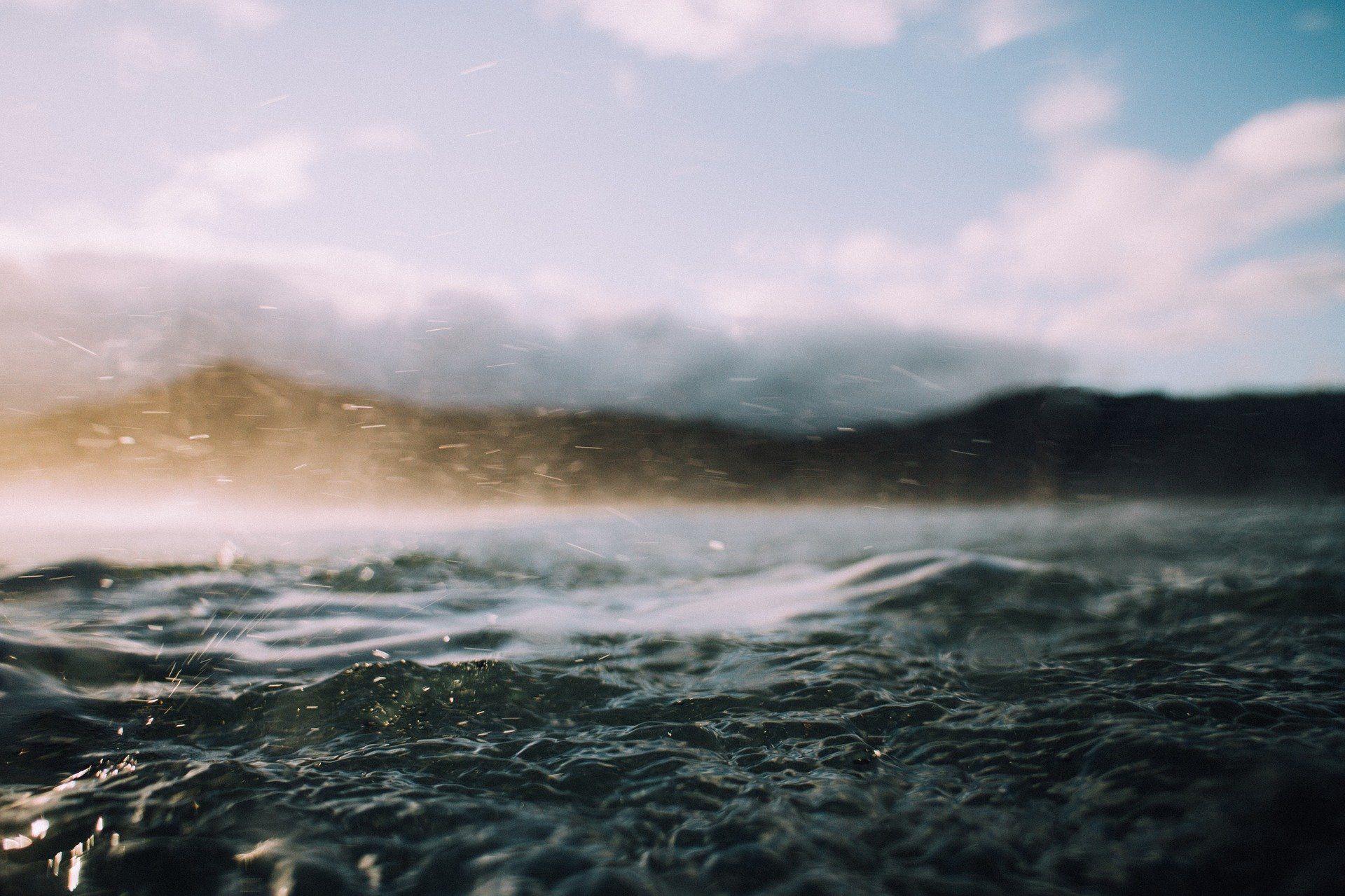
By Shelley Wright
•
22 Sep, 2022
I’m captivated by stories of women crossing oceans, especially those who undertook voyages decades before all the wonderful technology we have at our fingertips today. How many of us would head off without that technology I wonder? Even with all our modern gadgets, crossing an ocean solo is a daunting thought. The following are some of the books on my shelf written by trail blazing, solo sailing women from the 1970s and onwards...
Contact
editor@sistershipmagazine.com
Sign up for regular news from the Editor's desk, event notifications and lots more.
Thank you for subscribing to the Sistership News
Oops, there was an error sending your message.
Please try again later
Please try again later
All Rights Reserved | Sistership Magazine
Website proudly created by Saltwater Digital
© 2024


